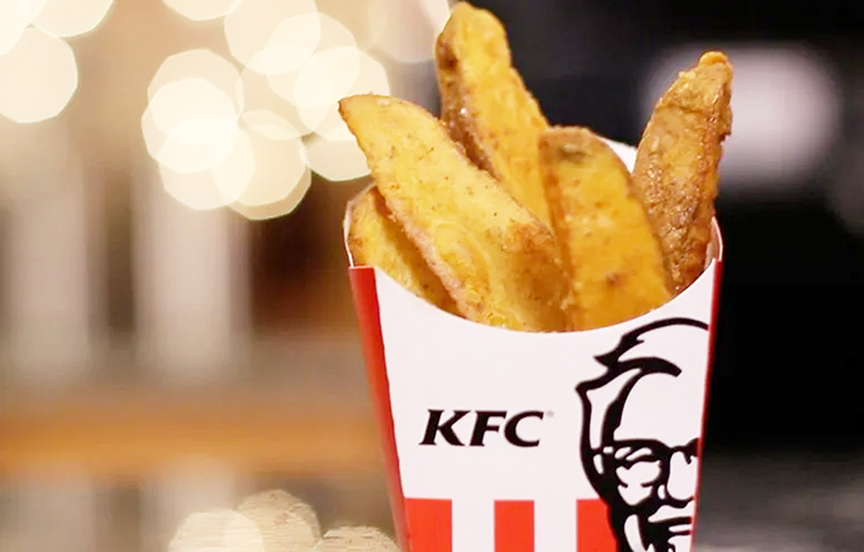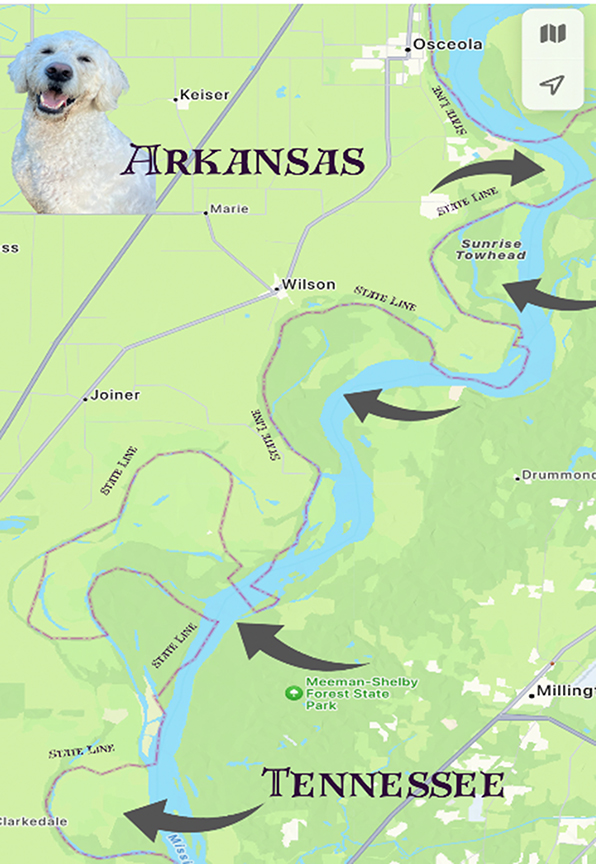By Thomas Sellers Jr.

President Kennedy rides in the streets of Dallas moments before his death that rocked the Nation.
I’ve only been a U.S. American for 38 years.
But I’ve learned throughout my life our country is resilient. Since 1776, the United States of America has overcome a variety of tragedies. Whether it’s an act of God, manmade or bad karma coming back to collect, this country has been able to find the light at the end of a dark tunnel.
Since mid-March, COVID-19 has provided us a bleak, unknown path to navigate. These dark, uncharted steps have been treacherous and painful. But each step forward is a step closer to the light or answers.
Our history has shown when the United States is faced with adversity, strong men and women take on the challenge to help us overcome. We endure the moment to make it history. Then we teach the youth and the future generations that history in order to make them stronger.
This coronavirus era will be benchmark moment for children and young adults. They are finally learning to take something serious and that life is bigger than just themselves.
Below are 10 other moments in U.S. history that tested our strength, resolve and connection as a people. During these 10 historic incidents, citizens here wondered how will we survive and what does the future hold?
Here we are today standing up against COVID-19 with the power and intelligence our ancestors.
The Cuban Missile Crisis
Oct. 22, 1962
Rumors of wars will be a part of the world until this earth cease to exist. During the Cold War Era, there was about a 25-year period of World War III taking place. The battle between the United States and the USSR was filled with speculations.
On Oct. 22, 1962, President John F. Kennedy went on TV to confirm suspicions that the Soviet Union was placing nuclear missiles in Cuba. These was a scary wake-up call for the United States with Cuba just 90 miles off the coast of Florida.
Kennedy informed the country and issued a warning to the Soviet Union if it launched a missile from Cuba it would be an act of war, “requiring a full retaliatory response upon the Soviet Union.”
American children had to learn safety drills just in case the missiles were launched. The parents and adults were taking precautions just in case a nuclear attack happened.
The Cuban Missile Crisis ended peacefully with the negotiated removal of the missiles from Cuba.
Dr. Martin Luther King Jr.’s assassination
April 4, 1968
The 52nd anniversary of Dr. Martin Luther King Jr.’s assassination just passed. It was here in my hometown of Memphis the world stopped when bullets penetrated the Civil Rights leader.
The racial tension in this country was about to reach an all-time high. The riots were a necessary purge to get us to a better relationship between all races. Dr. King’s death forced that moment that April night. The murder of King was followed by days of bloody race riots. Ironic because King represented a spirit of non-violence. It took some cities days, months and even years to overcome tragedy.
Galveston
hurricane
Sept. 8, 1900
At the turn of the 20th century a natural disaster of epic proportions struck the United States. Before hurricanes were given names, they had to earn a measure of recognition by damaging an area. On one late summer day in 1900, the storm that hit Texas would forever be known as the Galveston hurricane. Nearly 12,000 deaths were caused by the storm that hit 15 feet above sea level. Galveston had been obliterated. It was the first modern-day natural disaster that received historic news coverage.
San Francisco earthquake
April 18, 1906
Fast forward almost six years, and another form of a natural disaster rocked the nation. America was shocked when one of the most devastating earthquakes hit California. The San Francisco earthquake of 1906 took away thousands of lives that April day. The quake recorded an 8.0 magnitude. That was just the beginning of the damage. Subsequent fires burned the city, leaving 300,000 survivors homeless. The estimated modern loss was in the billions of dollars.
Thanks to the disasters in Galveston and San Francisco, the United States changed rules and codes, architecture designs, national response efforts and media coverage.
Burning of Washington D.C.
Aug. 24, 1814
Most of the lasting symbols of America and its birth are placed in the nation’s capital. Many of those artifacts were in danger on August 24, 1814. Try to imagine this, the capital of the United States was occupied by a foreign power. Those forces dominated and tried to get rid of the capital. The War of 1812 reached a high point when England’s forces were dispatched by Bonaparte. He focused his unit’s full attention on the wide expanse and paltry military of the United States.
When Washington, D.C., fell to the British invasion forces, many thought that the United States had a short run as an independent nation. Thoughts of surrendering were real for the United States. Then there was a rally by the Americans at Baltimore and Lake Champlain.
Abraham Lincoln’s
assassination
April 15, 1865
The assassination of a United States president has happened more than once. But the first one came after one of the darkest and deadliest periods in the country’s history. The Civil War literally divided our country, and the man in charge of the United States at the time was President Abraham Lincoln.
Generals and leaders on both sides of the war came and went. Territory and powers of states changed hands. Through it all, Lincoln was the consistent figure.
Only weeks after his second inauguration, Lincoln was murdered. Just because the Civil War was over, the United States was still very much divided between North and South.
One of half of the country was sad and devastated by the death of Lincoln. On the other half, there was very little sympathy.
John F. Kennedy’s
assassination
Nov. 22, 1963
The last sitting U.S. president’s assassination took place almost 57 years ago. The reason this moment shocked the nation more than Lincoln’s murder was one simple invention. The television broadcasted moment-to-moment coverage of the John F. Kennedy assassination on Nov. 22, 1962. Millions of Americans saw the death of a president and the events play out over the next few days.
Dallas was the epicenter of the United States during that time period. The turbulent 1960s were summed up in that tragic moment. The need for social changes, new policies and world focus were rushed to the forefront when Kennedy was murdered. His assassination was one of a few for American leaders during the decade. But when a president is shot in front of the world to see, it stops everything in its tracks.
Stock market crash
Oct. 29, 1929
The Great Depression is still taught in history classes across America on high school and college campuses. Flashback to 100 years ago, and the original Roaring ’20s brought the high life to several U.S. Americans. As the decade was nearing an end, financial tragedy struck.
Banks that had invested poorly folded, taking businesses and family savings with them. The stock market crashed, and the ripple effect brought on the Great Depression. Millions of U.S. Americans were unemployed, and the country’s economy struggled for the next 12 years. It took World War II to bring the country back.
Terrorist attacks
Sept. 11, 2001
It had been nearly 60 years since any foreign force invaded or tried to attack the United States. Many people were fresh off another relaxing Labor Day and preparing for the holiday season, and then life as we knew it in America was flipped. Before Sept. 11, 2001, terrorism was reserved for overseas countries or just a Hollywood plot. Our borders were safe from attacks.
That false security blanket was exposed when airplanes were used to destroy the World Trade Center, part of the Pentagon and thousands of American lives.
The terrorists would kill 2,976 Americans. This wound is still fresh to many in this country. And the war on terrorism continues today.
Pearl Harbor invasion
Dec. 7, 1941
After the Civil War and The Great War, America was enjoying a time of peace. Those days of the United States being attacked or taking military action was over. The country was just trying to survive the Depression and reconstruction.
Then a day that will live in infamy took place on Dec. 7, 1941. World War II was well underway at this point. Then came the Japanese attack on the U.S. Navy’s Pacific fleet’s base at Pearl Harbor, Hawaii. It was time for the United States to react and join the Allied Forces.
That day, four battleships sank. Another four battleships were damaged, including one run aground. The Japanese took down two destroyers. Among other damage, most importantly 2,345 military personnel were killed along with 57 civilians.
While uncertainty sweep the nation, one thing was for sure: It was time for the U.S. to fight back.
The coronavirus has declared war on our nation, and we have to fight back with patience, intelligence, cleanliness and unity.
We have survived dark days in this country, and in due time we’ll add this chapter to the list of things we found the light at the end of the tunnel.
THOMAS SELLERS JR. is the editor of The Millington Star and both the sports editor and a weekly personal columnist for West 10 Media/Magic Valley Publishing. Contact him by phone at (901) 433-9138, by fax to (901) 529-7687 and by email to [email protected].






